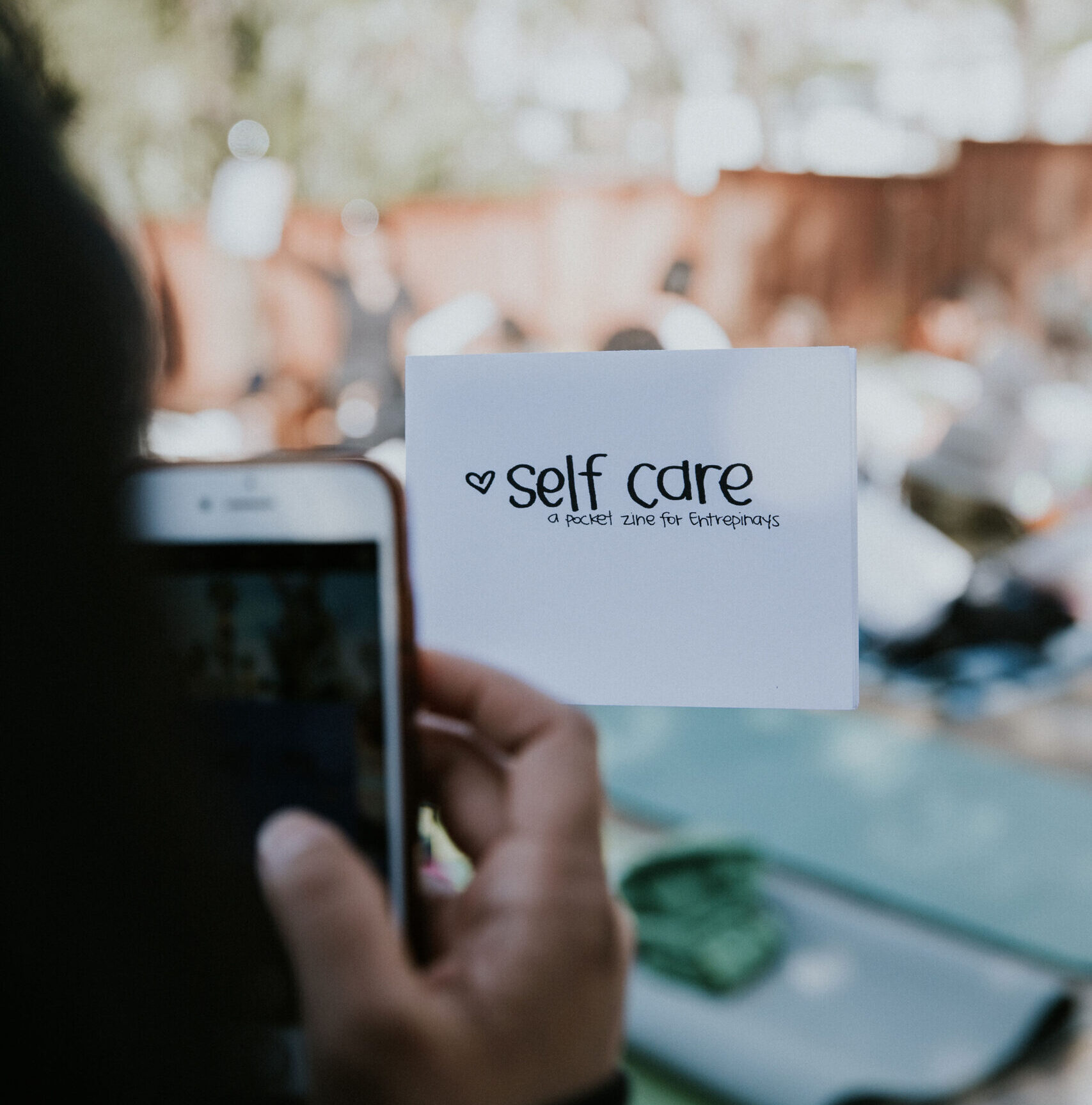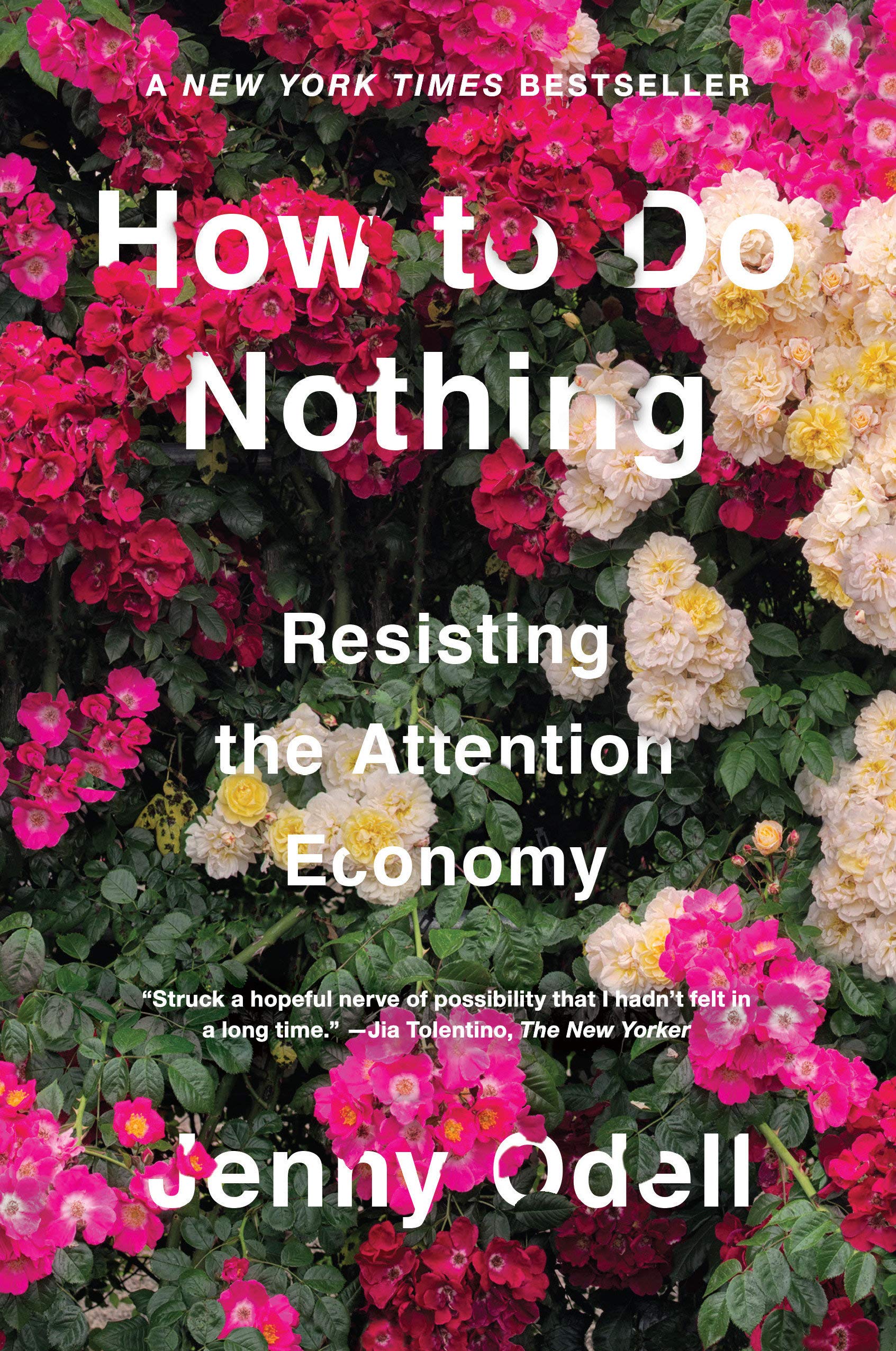Plus, taking a look at the radical history of self-care
It could not be said enough: 2020 was awful.
Nearly everybody could agree, and no matter what kind of silver-lining spin you try to put on it, it’s an immovable fact that this was a year marked by the ongoing coronavirus crisis which has threatened economic stability, political security and, most importantly, the health of millions of people across the globe.
According to the World Health Organization, there have been nearly 80 million confirmed cases of the COVID-19 virus globally as of Sunday, Dec. 27, 2020. Nearly 1.8 million people have passed away from complications over the virus.
On a local level, the staggering numbers paint a much more dire situation, especially in Los Angeles County, in which hospitals continue to be swamped with COVID-19 patients and where a new stay-at-home order may be on the horizon.
All in all, the current climate doesn’t make conducive the prospect of optimism and safety. But no matter what the circumstances are in the outside world, there’s always room for self-care.
Self-care isn’t a new phenomenon but it quickly became shorthand for mental health around 2016. Searching the #selfcare hashtag on Instagram yields more than 15 million posts that depict everything from a fresh manicure and a haircut to collections of luxury aromatherapy and yoga poses on mountain tops. Google searches for the term doubled in 2016, and interestingly, the term was Googled twice as much in April and May of this year, signaling the pandemic as a catalyst for self-care.
But what does self-care actually entail? A concept so individualistic means that one person’s vision of self-care differs from the next, but popular conceptions — taking breaks from social media, adopting an exercise or diet routine, Marie Kondo-ing your closet — seek to provide universal balms to the burns of anxiety, depression and mental exhaustion.

The popularity of self-care has devolved the phenomenon into a commodifiable concept; for $492 you can buy a vial of sandalwood essential oil. For about the same price, you can book a spot at The Silent Meditation Retreat in North Carolina (if you book by Dec. 31, the price is a special COVID-19 discount at the relatively equally astonishing price of $295). Online marketplaces like Gwyneth Paltrow’s wellness empire GOOP regularly hawk quirky, exorbitantly priced self-care products and services (like a $135 at-home coffee enema designed to detox your rectum and, allegedly, provide a caffeine boost).
By 2018, the global health and wellness space became a $4.5 trillion industry, obscuring the point of self-care from an authentic mission to care for oneself to a muddy marketplace rife with grifts and sham cures.
The truth is that there isn’t (and, some would argue, shouldn’t be) a price tag on self-care. And it wasn’t designed that way.
The term self-care was first documented in the 1950s among the medical community to describe behavioral and attitudinal changes in institutionalized patients who needed to preserve physical independence through daily tasks like personal grooming or exercising.
In the 1960s, academics began to look more closely at the concept of self-care, particularly in the context of post-traumatic stress disorder (PTSD) among first responders: hospital workers, social workers and firefighters who all became overworked during one of the most tumultuous times in American history. This included expanding the list of needs that affected folks required to establish boundaries between work and personal life — an explicit precursor to the plight of front line workers of the COVID-19 pandemic.
But the concept of self-care took off in a big way in the 1970s at the cross-section of the women’s liberation and civil rights movements. The Black Panther Party promoted it to the Black community as a way to maintain the strength of character while experiencing repeated abuses of systemic racism.
Notably, the Black Panther Party wanted to provide a channel of care at a time when the American medical system — which, at that time, lacked racial diversity — failed to diagnose illnesses rampant among the Black American community, like sickle-cell anemia and lead poisoning.
Simultaneously, women’s clinics began popping up around the country as a way to escape a white, patriarchal medical system, a radical corrective to the “claiming [of] autonomy over the body as a political act against institutional, technocratic, very racist and sexist medicine,” Natalia Mehlman Petzrela, associate professor at the New School and author of many academic articles about the wellness industry, told Slate in 2016.
There became a push to re-examine health care beyond just the physical and the socioeconomic factors that contribute to low mental health, according to Jennifer Nelson’s book “More Than Medicine: A History of the Feminist Women’s Health Movement”: women in poverty were constantly described as “vectors of disease,” hostility toward reproductive rights increased and racist attitudes and practices over who deserves the best medical care.
This era of self-care was built upon the idea that, at the heart of it, self-care relies on agency, awareness and nuance: understanding that there may be mental and emotional issues present and it is a valid and radical act to preserve physical, emotional and mental autonomy.
As Audre Lorde wrote in “A Burst of Light” in 1988, “Caring for myself is not self-indulgence, it is self-preservation, and that is an act of political warfare.”

So in a climate that is so charged by quarantine fatigue and rampant political division, what does self-care look like? The COVID-19 crisis has taken a huge toll on our lives, whether it’s putting front line family members at a daily risk or causing an economic plunge that threatens basic livelihoods.
Given the cultural and political implications of self-care, and the current state of affairs, it makes sense that there is a hunger for meaningful introspection and ways to achieve peace of mind; if you’re willing to spend $500 for a silent retreat, essential oils or whatever newfangled wellness commodity the marketplace offers, then there truly is no expense spared when it comes to self-care.
The new year often brings to the fore resolutions, ways to stimulate productivity and positive change and, in general, feel better mentally and emotionally. Losing weight, spending less time in front of a screen, learning a new language and decluttering are common long-term goals, but new year’s resolutions famously don’t last longer than a month.
This idea of a new year’s resolution is usually based on self-care and rooted in the idea that we become newer, better versions of ourselves. But what that kind of rhetoric does is encourage a way of thinking that values productivity over mindfulness and ignores the fact that maybe what we need, we already have. That there isn’t a sweeping master plan toward self-care that involves major life decisions or purchases.
Jenny Odell — a Filipina American artist and professor at Stanford — wrote in her best-selling book “How to do Nothing: Resisting the Attention Economy” that perhaps the secret to living a more fulfilled life is by “doing nothing.”

What that means is resisting the persuasions of a cultural, political and media landscape that forces us to believe in a toxic view of upward mobility, that to remain in one place is to remain mentally stagnant. It’s the radical thought that there is plenty to learn from and build up what we already know how to do.
“But beyond self-care and the ability to (really) listen, the practice of doing nothing has something broader to offer us: an antidote to the rhetoric of growth,” Odell writes. “In the context of health and ecology, things that grow unchecked are often considered parasitic or cancerous. Yet we inhabit a culture that privileges novelty and growth over the cyclical and the regenerative. Our very idea of productivity is premised on the idea of producing something new, whereas we do not tend to see maintenance and care as productive in the same way.”
As members of a culture that prioritizes optimization over maintenance, it makes sense that we generally don’t see what’s directly in front of us, our focus moving away from the attainable foreground to an ideal faraway place of perfection. Maybe what we need to do in the name of self-care and self-satisfaction doesn’t truly thrive in the supposed utopias that modern technology and capital enterprise promise.
Many of us, especially in the Filipino American community, have lost friends and family members to COVID-19 — possibly the most tragic, unconscionable loss in a year full of losses. Earlier this year, in a story about the Lakers championship win, the Asian Journal spoke with Annalynn Rosario, a graphic designer in Lake Forest who lost her father to COVID-19 in June.
For that story, Rosario recounted what it was like to watch the Los Angeles Lakers win their 17th title without her father, who was a fervent Laker fan and with whom Rosario bonded over the Lakers.
“There’s nothing like losing your parent. It happens all the time, and everyone can agree is sad and tragic, but experiencing it, especially if you were close to that parent like I was, was life-changing, in good and bad ways believe it or not,” Rosario said in October.
Rosario added that the loss of her father made her “really re-evaluate what I value in life. If I knew that I was going to die tomorrow, what would my thought processes be? Would I be wishing that I made more money or went on more vacations? Would I be full of all these regrets?”
She continued, “I don’t think it would be, and I don’t think that was what my dad thought either. I would be making a plan to spend time with my family, speak with my friends [and] play with my dog and listen to my favorite music because what I have and who I have in my life is more than enough. I don’t need anything else.”
In other words, maybe self-care, real self-care, lies in what we already have and not what we don’t.







